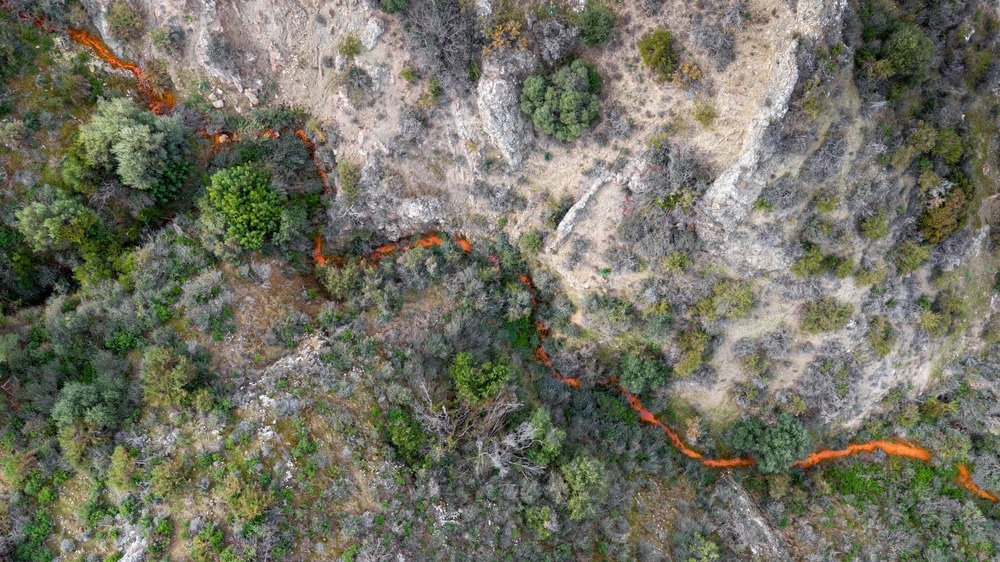In a recent article published in the proceedings of International Conference on Economic Business and Social Science, researchers emphasized the significance of disaster mitigation in the context of environmental impacts caused by mining activities in Bongkaras Village, Dairi Regency. It underscores the increasing frequency and severity of ecological disasters, including water pollution, soil degradation, and heightened risks of floods and landslides, which threaten both ecosystems and local livelihoods.

Image Credit: Anna Kucherova/Shutterstock.com
The authors highlight the urgency of understanding how governmental and community efforts can mitigate these adverse effects, especially given the project's focus on mining areas with significant environmental and social implications. The introduction also references the theoretical framework guiding the study, notably William Nick Carter’s concept of nonstructural disaster mitigation, which emphasizes the importance of legal frameworks, institutional effectiveness, community participation, and monitoring systems.
Background
The background section contextualizes the environmental challenges faced by Bongkaras Village due to extensive mining operations, particularly lead and zinc extraction conducted by PT Dairi Prima Mineral. Although this mining sector contributes substantially to regional and national economies, its environmental toll raises concerns.
The local community suffers from water pollution, soil damage, and increased vulnerability to natural disasters such as floods and landslides, which are exacerbated by poorly regulated mining activities. Despite existing national laws, such as Law No. 32 of 2009 on Environmental Protection and Management and regional regulations, implementation at the village level remains weak.
Factors such as limited resources, inadequate supervision, and the absence of specialized local institutions hinder effective disaster management. Moreover, community members’ lack of awareness regarding their rights and the insufficient involvement of residents in decision-making processes diminish the capacity for proactive disaster mitigation. The background underscores the disconnect between regulatory frameworks designed to safeguard the environment and the practical realities of enforcement and community participation in Bongkaras.
The Current Study
The research employs a qualitative descriptive approach, recognizing the importance of understanding social phenomena from the perspectives of involved stakeholders. Data collection involves interviews, direct observations, and document review, ensuring a triangulation strategy that enhances the credibility and comprehensiveness of findings. The researcher plays an active role in data collection, capturing the meanings and perceptions of village officials, government agencies such as the Dairi Regency Disaster Management Agency (BPBD), affected community members, and environmental activists.
The analysis process centers on classifying, describing, and interpreting the collected data to draw meaningful insights about disaster mitigation efforts and challenges in Bongkaras. The methodology emphasizes depth over generalization, with data reduction techniques, narrative presentation, and tentative conclusions that are validated through cross-verification across sources and techniques. This approach facilitates a nuanced understanding of the complex interplay between law, community participation, institutional capacity, and disaster risk management.
Results and Discussion
The findings reveal that although legal regulations relevant to environmental protection and disaster mitigation exist, such as the Environmental Law No. 32 of 2009 and regional policies, the practical enforcement and implementation at the village level are insufficient.
Many regulations remain normative and lack tangible socialization and enforcement mechanisms. The weak supervision by authorities and the lack of clear responsibility for mining-related risks exacerbate environmental vulnerabilities.
Community awareness about their environmental rights and mitigation strategies is low, partly due to inadequate dissemination of information and inactive monitoring posts near mining sites. The absence of dedicated institutions at the village level compounds the problem, placing the burden of disaster management mostly on village officials with limited capacity and resources. In interviews with village heads, it was evident that formal structures tasked explicitly with disaster mitigation do not exist, leading to fragmented and reactive responses rather than proactive measures.
The discussion contextualizes these findings within Carter’s nonstructural mitigation theory, highlighting gaps such as the lack of clear, enforceable regulations, insufficient community involvement, and minimal governmental oversight. Comparing Bongkaras to international standards, like those in Brazil where mining regulation involves community participation and stricter fines, underscores the deficiencies in local practices. Community participation is predominantly limited to pro-mining groups, with little voice for residents affected by environmental degradation.
Conclusion
Drawing from their research findings, the authors conclude that mining-related environmental disasters in Bongkaras are significantly exacerbated by weak legal enforcement, inadequate supervision, and insufficient community engagement. Despite existing national regulations, the gap between policy and practice remains wide at the local level, hampered by limited resources, the absence of specialized institutions, and a lack of socialization efforts.
The community’s low awareness of their rights and their minimal role in decision-making processes restrict the effectiveness of disaster mitigation strategies. The study emphasizes the need for comprehensive reforms, including the establishment of formal disaster mitigation institutions within villages, stricter enforcement of environmental laws, and active community involvement in policy formulation and implementation.
Overall, proactive and participatory approaches, supported by strengthened supervision, transparency, and accountability, are necessary to reduce environmental vulnerabilities and build resilience against mining-induced disasters.
Source:
Manalu R. B., & Afifah N. (2024). Disaster Mitigation from Mining Activities in Bongkaras Village. International Journal of Economic Business and Social Science. https://icebss.com/index.php/pi/article/view/32/29